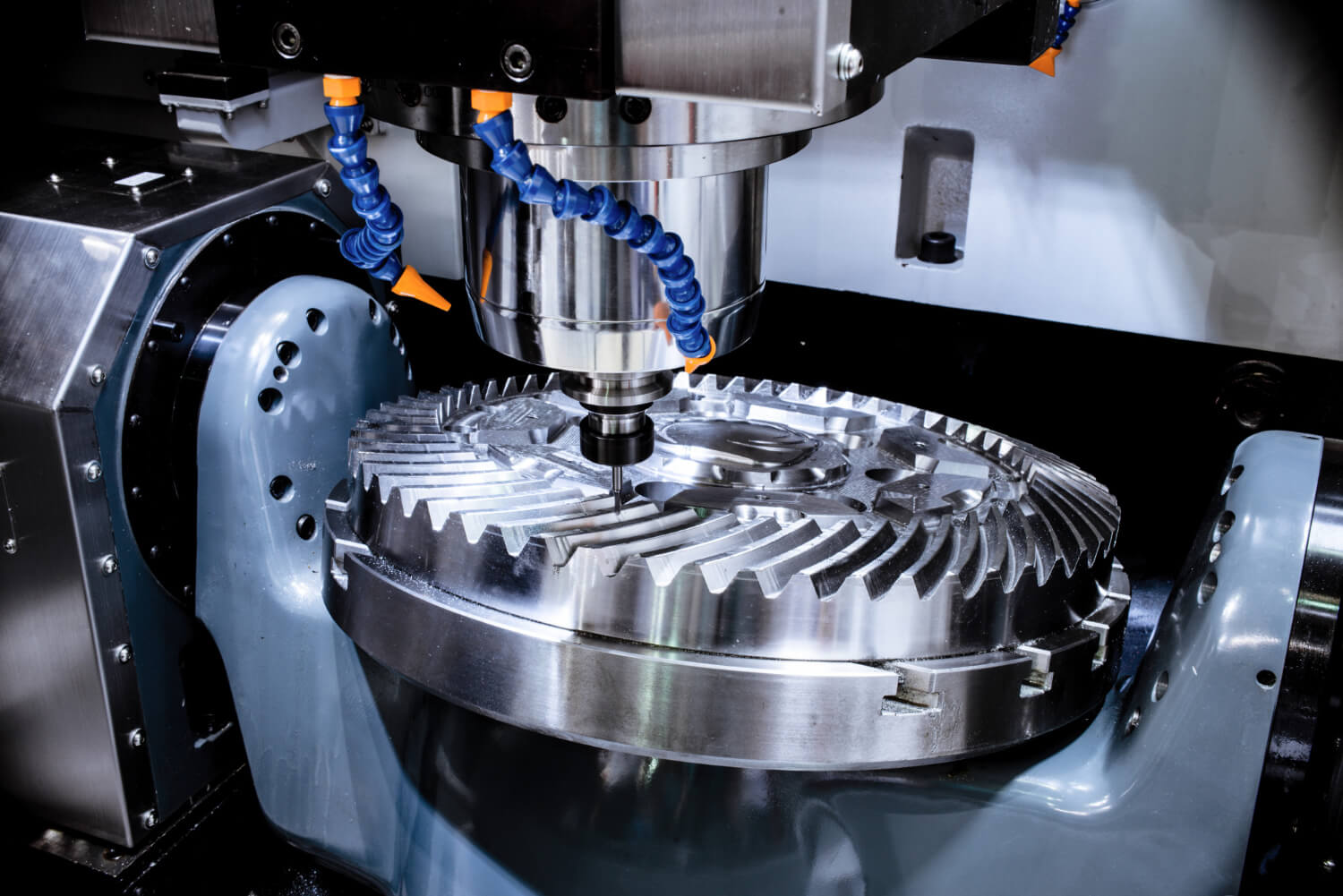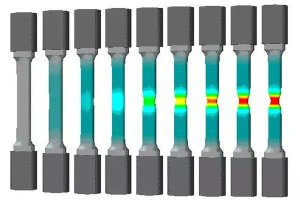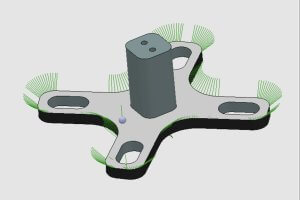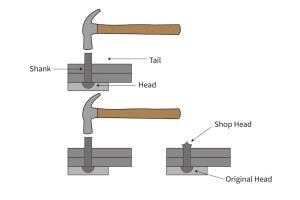Stepping into the world of CNC machining, you quickly realize how pivotal mills and machining centers are in crafting precise parts. Over time, these machines have evolved significantly, transforming from simple mills to advanced CNC machining centers. Let’s dive into their evolution, explore the different types, and understand their impact on the future of CNC machining parts.
The Basics of CNC Mills
At its core, a milling machine uses an end mill as its primary cutting tool. This tool moves along at least two axes simultaneously, allowing for intricate cuts and shaping of materials. Unlike CNC drilling machines, which focus on positioning, CNC mills emphasize contouring, making them essential for detailed work.
Types of Mills:
- By Number of Axes: Mills can be two-axis, three-axis, or even multi-axis, each adding more complexity and capability.
- By Axis Orientation: Mills are categorized as vertical or horizontal, depending on the orientation of their spindle.
- By Tool Changer: Mills can either have an automatic tool changer (ATC) or not, affecting their efficiency and versatility.
Vertical mills, where the spindle moves up and down, are excellent for flat parts. Horizontal mills, with the spindle moving horizontally, are great for parts that require more reach and flexibility.
Modern CNC Machining Centers
Modern CNC machining centers have taken milling to the next level. They can perform a wide range of tasks beyond traditional milling, including drilling, reaming, boring, threading, and contouring. These centers are equipped with multiple tool holders, automatic tool changers (ATC), and advanced computer control units (CNC), making them incredibly versatile.
Key Features of CNC Machining Centers:
- Multi-Tool Capability: Equipped with tool holders that can store and switch between multiple tools, reducing downtime.
- Automatic Pallet Changers (APC): Allows for quick swapping of workpieces, maintaining workflow without stopping the machine.
- Advanced Control Units: Powerful computer systems that control the machining process with precision.
- High-Speed Machining: Designed for faster spindle speeds and feeds, increasing productivity.
- Adaptive Control and Automation: Features like robot integration, automatic loading and unloading, and in-process inspection enhance efficiency.
Comparing Vertical and Horizontal Machining Centers
Here’s a comparison of vertical and horizontal machining centers to highlight their differences and uses:
| Feature | Vertical Machining Center | Horizontal Machining Center |
|---|---|---|
| Number of Axes | 3 (X, Y, Z) | 4 (X, Y, Z, B) |
| Typical Applications | Flat parts, plates | Complex parts needing multi-face work |
| Tool Capacity | 36 | 40 |
| Spindle Speed | 60-8000 rpm | 40-4000 rpm |
| Spindle Power | AC 7.5/5.5 kW (10/7 hp) | AC 11/8 kW (15/11 hp) |
| Accessibility | Easier setup and operation | Requires more space, often automated |
| Cost | Lower | Higher |
| Common Industries | Automotive, aerospace, electronics | Heavy machinery, automotive, aerospace |
Evolution and Advancements
Milling machines have come a long way from their simple beginnings. Modern CNC machining centers are the result of decades of innovation, bringing together the best of manual and automated machining. These advancements have not only increased the precision and efficiency of part production but also opened up new possibilities for complex geometries and rapid prototyping.
One significant advancement is the integration of five-axis machining. Five-axis machines can simultaneously move the tool along five different axes, allowing for the creation of complex parts with fewer setups. This capability is especially valuable in the aerospace and medical device industries, where precision and complexity are paramount.
Practical Tips for Using CNC Mills and Machining Centers
- Maintain Cleanliness: Keep the work area and machines clean to avoid accidents and ensure smooth operation.
- Wear Proper Safety Gear: Always use safety glasses, ear protection, and appropriate footwear.
- Regular Maintenance: Perform routine maintenance on machines to prevent breakdowns and ensure longevity.
- Effective Programming: Verify tool paths, use correct speeds and feeds, and run simulations to catch potential issues early.
- Tool Management: Monitor tool wear and replace tools as needed to maintain machining quality and prevent damage to the machine.
Case Study: A Real-World Example
Consider a small manufacturing company specializing in custom automotive parts. Initially, they used manual mills, which required significant time and effort for setups and adjustments. Upgrading to a vertical CNC machining center transformed their operations. With automatic tool changers and faster spindle speeds, they were able to produce parts more quickly and with greater accuracy. This upgrade not only improved their productivity but also allowed them to take on more complex projects, expanding their business capabilities.
Other Articles You Might Enjoy
- Exploring the World of CNC Machining Parts: From Mills to Lathes
In today's manufacturing world, CNC (Computer Numerical Control) machines are indispensable. These high-tech machines are capable of producing incredibly precise and complex parts, making them essential for industries ranging from…
- Precision CNC Machining of Steel: High-Volume Production
Precision CNC Machining and High-Volume Production As an integral part of modern manufacturing processes, Precision Computer Numerical Control (CNC) machining brings about unmatched accuracy and consistency in the production of…
- What are the requirements for CNC machining of bearing parts?
Bearings are common and important parts in the automotive industry, which can support transmission components and transmit torque. Generally, CNC machining centers are used to process bearing parts. So what…
- Aluminum CNC Machining Service for Custom Parts
Aluminum CNC machining stands at the forefront of modern manufacturing, epitomizing precision, versatility, and efficiency. With its widespread applications across industries ranging from aerospace to automotive and beyond, aluminum CNC…
- Nickel Alloys in CNC Machining: Inconel 718 vs. Monel K-500 for Aerospace and Marine Applications?
Introduction to CNC Machining and Nickel Alloys Computer Numeric Control (CNC) machining is a pivotal process in the manufacturing industry, using pre-programmed computer software to dictate the movement of factory…
- The Future of CNC Machining in Sustainable Manufacturing
The Future of CNC Machining in Sustainable Manufacturing CNC (Computer Numerically Controlled) machining and sustainable manufacturing are two significant areas with increasing potential in the industrial sector. CNC machining is…









